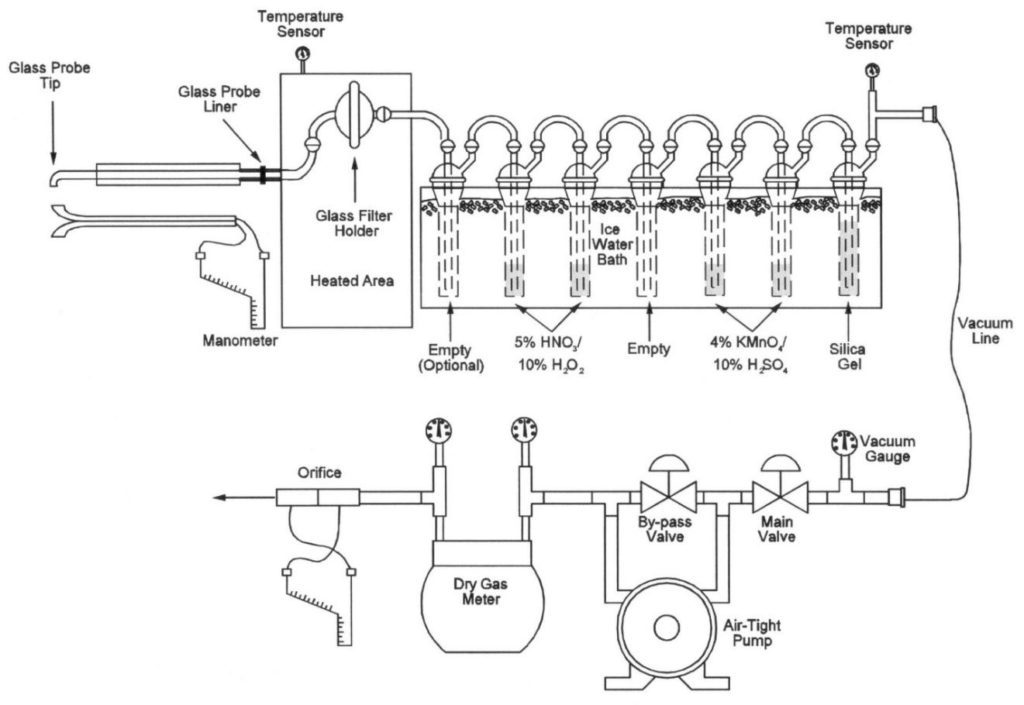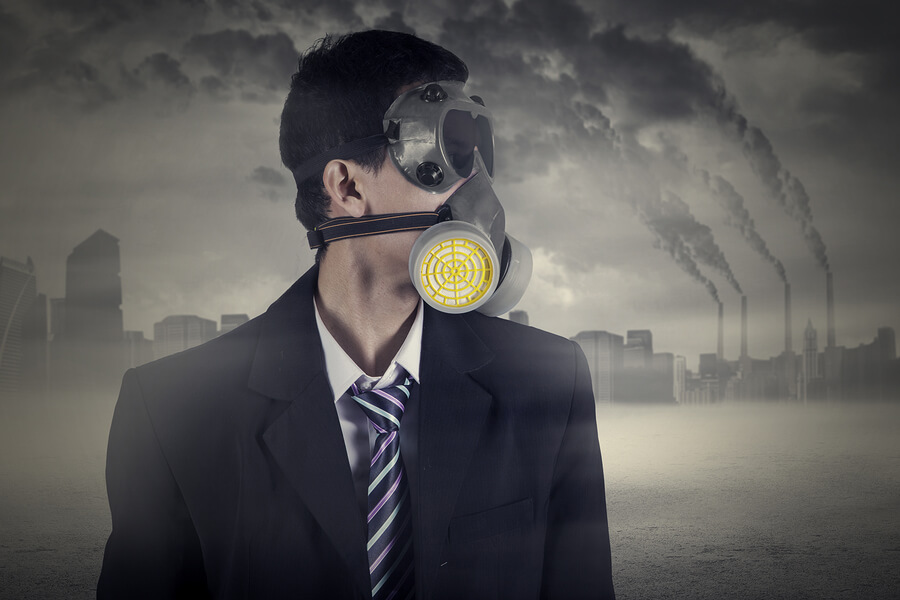Heavy metal is a collective term that is applied to the group of metals and metalloids that have a high atomic weight and density, which is greater than that of water. Heavy metals naturally occur in the earth’s outermost shell and are also found in various environmental factors such as soils, rocks, sediments, waters and microorganisms with natural background concentrations.
The naturally occurring heavy metals that we would be talking about in this blog are mercury, cadmium, lead and metalloid arsenic. But the natural occurrence of these metals in the environment doesn’t infer that they are harmless. They are metals with an extensive history of industrial and personal use and the damage caused to the well-being of humans. With evolving human activities, heavy metals are being utilised for mining industries and sewage treatment discharges along with electronic and agriculture wastes. Hence, these are a few examples of anthropogenic causes, contributing to the elevated levels of trace metals.Exposure to Heavy Metals and Its Health Concerns
These traced elements have caused significant human health issues in various parts of the world. However, the amount of concerns about human and environmental health differs with every metal. The principal source of exposure is ingestion, and the secondary source is inhalation.
According to U.S. Environmental Protection Agency and the International Agency for Research on Cancer, heavy metals are categorised as human carcinogens. Moreover, it is believed that even slight exposure to metals such as lead, cadmium, mercury and arsenic can lead to multiple organ damage.In biological structures, heavy metals can disturb your cellular organelles and other mechanisms, for example, cell membrane, mitochondria, lysosome, endoplasmic reticulum, nuclei, and certain enzymes engaged in the restoration of your metabolic rate, purification, and damage repair.
Lead contamination in adults or children poisons their blood, weakens their intellect, hampers their behavioural development, and further leads to miscarriage, reduced sperm count, memory and learning difficulties. Long term exposure to lead in human beings can be a cause of severe or persistent impairment to the nervous system.
Impact of lead contamination to children. Source : Walworth County Wisconsin

Image Source: naturalnews.com
Trace Metals monitoring in Air
The manual process for monitoring trace metals, including Mercury is quite arduous.
A stack sample is withdrawn isokinetically from the source. Particulate emissions are collected in the probe and on a heated filter, and gaseous emissions are then collected in an aqueous acidic solution of hydrogen peroxide (analyzed for all metals including Hg) and an aqueous acidic solution of potassium permanganate (analyzed only for Hg). The recovered samples are digested, and appropriate fractions are analyzed for Hg by cold vapour atomic absorption spectroscopy (CVAAS). The remaining Class I, II, and III metals are analyzed with inductively coupled argon plasma emission spectroscopy (ICAP), atomic absorption spectroscopy (AAS) and graphite furnace atomic absorption spectroscopy (GFAAS).

Figure – US EPA Method 29 Trace Metals Sampling Train
For more information about trace metals and air quality monitoring, take the help of experts at A. Lanfranco & Associates Inc., your trusted environmental consultants in Canada.

